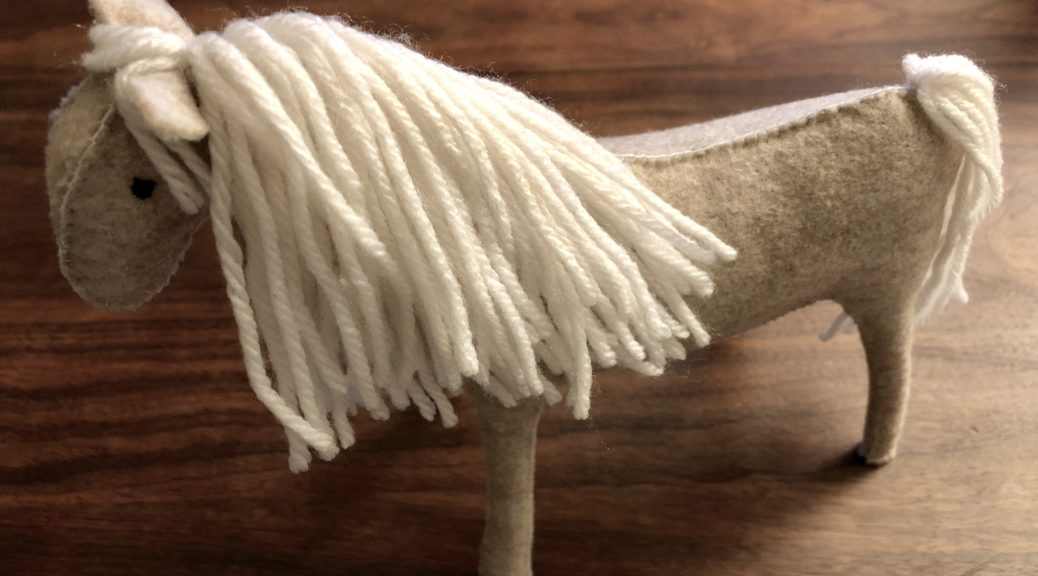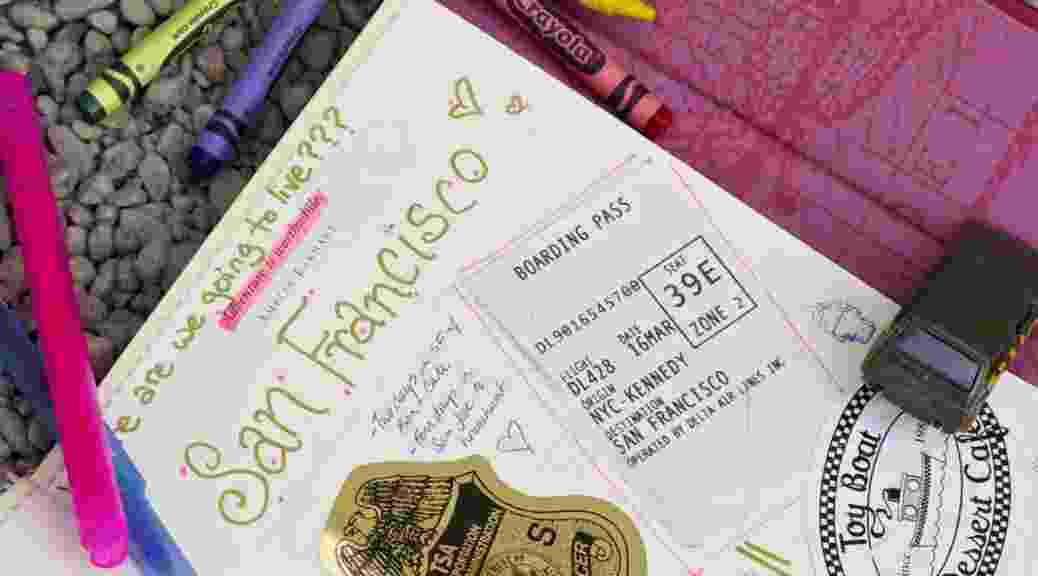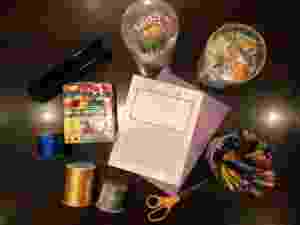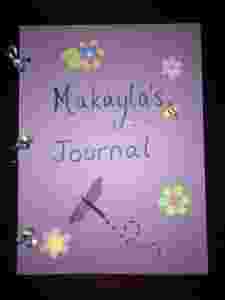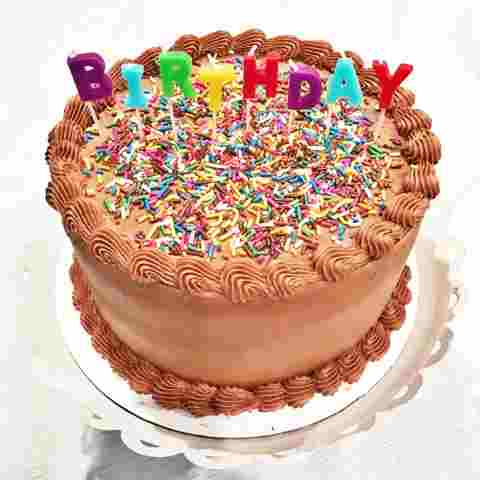My series book is Keena Ford. It is about a young girl in second grade who is always getting into trouble…accidentally. She never means to get in trouble, but she usually just gets a little ahead of herself. I feel like this book has a lot to offer. It highlights Keena’s relationships (and struggles) with her parents, brother, and teachers. This book could be a great way to discuss in a more casual manner some struggles children face. For example, Keena is afraid to tell her teacher or her mom that she made a mistake. As a result, things escalate and quickly out of hand. Once everything is cleared up, Keena’s teacher asks her why she did not just tell her that she had made a mistake. This is something that, I feel, many children (and adults) struggle with. There are other takeaways from this book that could serve as themes for various lesson plans. Keena Ford is a great book that is fun and that many people could enjoy and learn from.
My main takeaway from the Miller text is edge reading. So much of the time it feels like there is never any time to read. And people think that you have to sit back and read a book for at least a half-hour straight. Miller extinguishes this idea and promotes edge reading, which is pretty much reading whenever you can. Just carry a book with you and while you are waiting for someone or something, take out your book and read for a few minutes.
Miller also makes the point that if teachers are unwilling to allocate some time for free reading during class, how can it be expected that students will do this when they are at home. It is cliché to say, but you must lead by example, and if students are being shown this, it can come across as unimportant. As a future teacher, I hope to instill in my students a love and appreciation for reading. It should be something that can let your imagination run wild. It should be a source of exploration and adventure, and help students to connect to their peers. I want to make literature come alive and use it as a tool to explore other aspects of learning and creativity.
